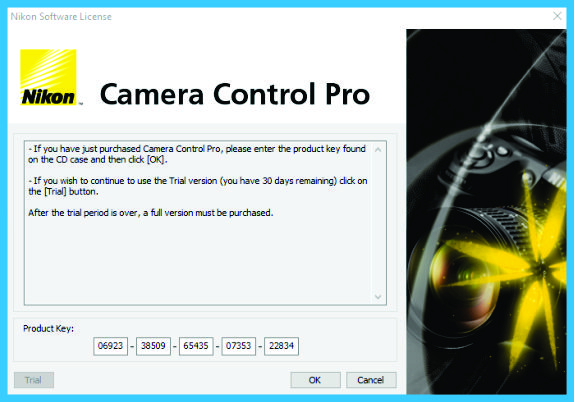
The optic nerve head coincides with the central end of the embryonic fissure (ef) which extends to the ventral periphery. The optic nerve (on) exits the retina below the crossing of theoretical short and long ellipse axes that characterize this elliptically-shaped eye and retina. (G) Head of fixed specimen at 878 ATU showing completed eye migration and the extracted right eye without lens. The left eye has migrated half way between the blind side (bottom part of the fish following metamorphosis) and ocular side (top part of the fish following metamorphosis). (F) Lateral and top views of a fixed specimen at 825 ATU. Migration of the left eye has just started.

(E) Lateral and top views of a fixed specimen at 720 ATU. The left eye is migrating in all fish except for the one shown in (C), where the right eye is migrating. (A–D) Body morphology of live fish at approximately 720 ATU (82 days post-hatching) (A), 773 ATU (89 days post-hatching) (B), 825 ATU (96 days post-hatching) (C), and 878 ATU (103 days post-hatching) (D). We conclude that the Atlantic halibut undergoes a complex re-organization of photoreceptors at metamorphosis resulting in a multi-mosaic retina adapted for a demersal life style.ĭevelopmental stages of Atlantic halibut examined illustrating eye migration and orientation of histological sectioning.

These pigments only partially matched the opsin repertoire detected by query of the Atlantic halibut genome. Six cone visual pigments were found with maximum absorbance (λmax, in nm) in the short, middle, and long wavelengths, and a rod visual pigment with λmax at 491 nm. By the end of metamorphosis, the square mosaic was present throughout the retina except in a centrodorsotemporal area where single, double and triple cones occurred randomly. At the start of eye migration, the larva had a heterogeneous retina with honeycomb mosaic in the dorsonasal and ventrotemporal quadrants and a square mosaic in the ventronasal and dorsotemporal quadrants. To gauge the possibility of colour vision, visual pigments in juveniles were measured by microspectrophotometry and the opsin repertoire explored using bioinformatics. Here, we describe the photoreceptors and mosaic formations that occur during the larva to juvenile transition of Atlantic halibut from the beginning of eye migration to its completion. The spatio-temporal dynamics of this transition are not well understood. In flatfishes, these lattices undergo dramatic changes during metamorphosis whereby a honeycomb mosaic of single cones in the larva is replaced by a square mosaic of single and double cones in the adult.

Fishes often have cone photoreceptors organized in lattice-like mosaic formations.


 0 kommentar(er)
0 kommentar(er)
